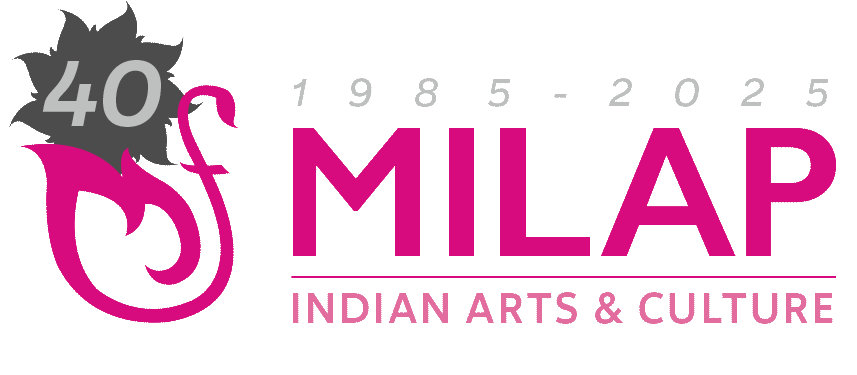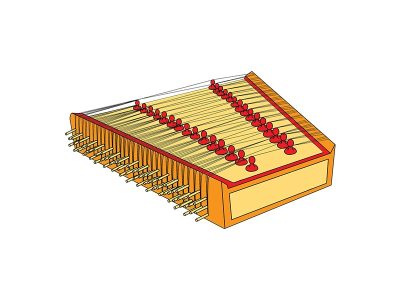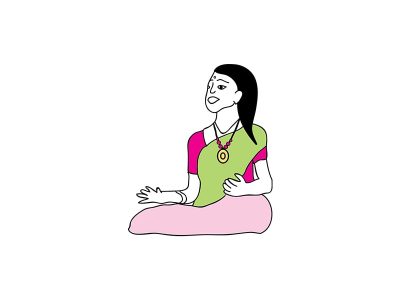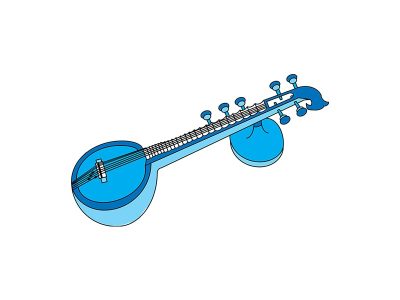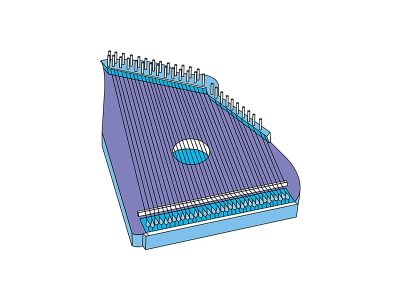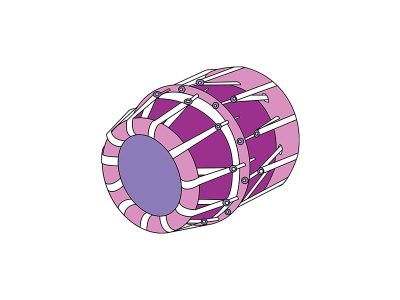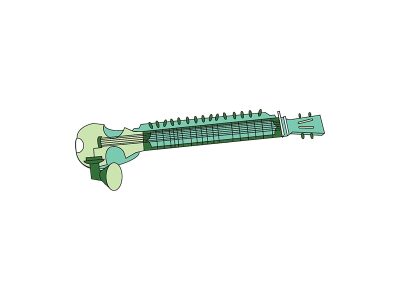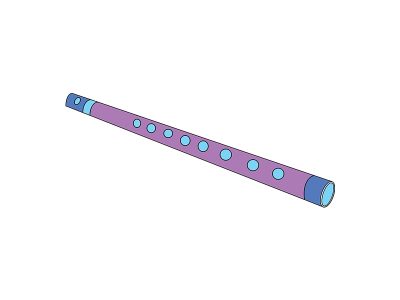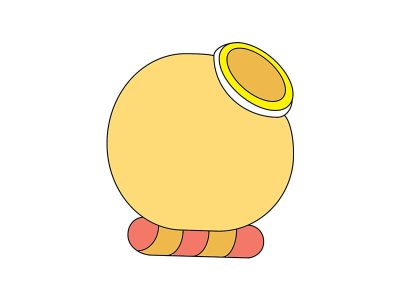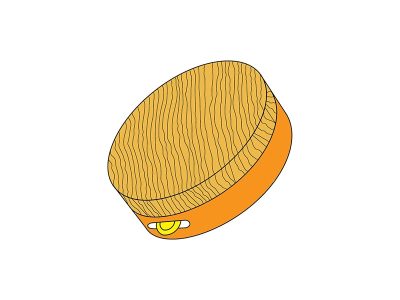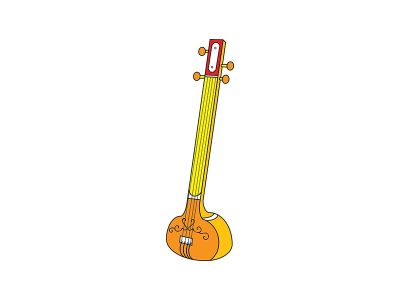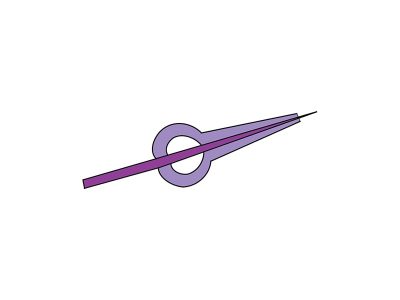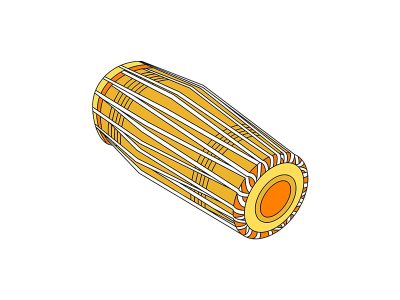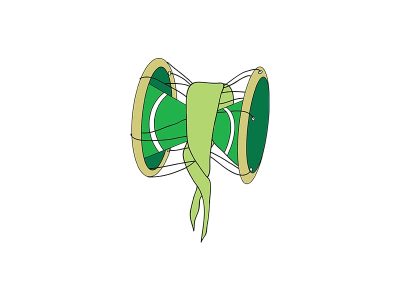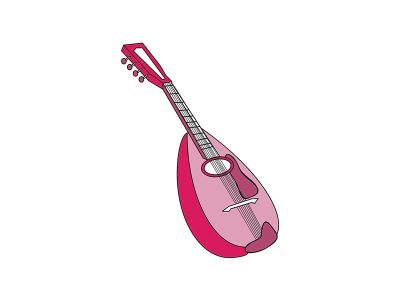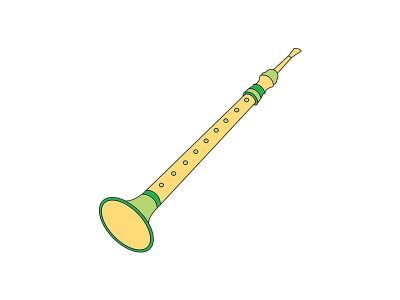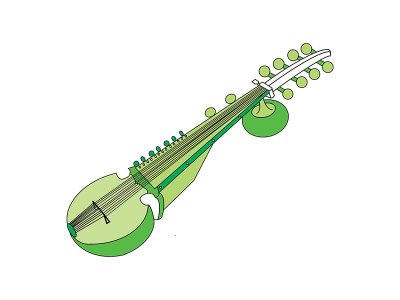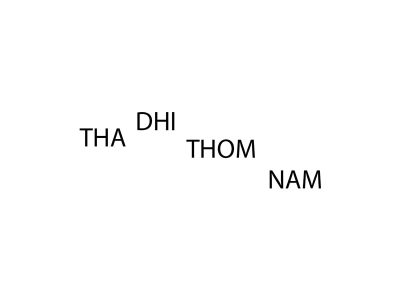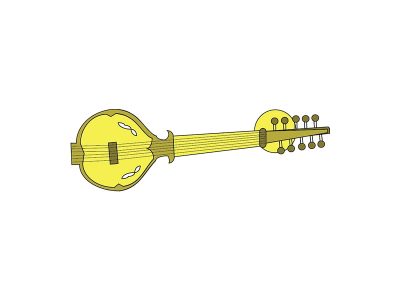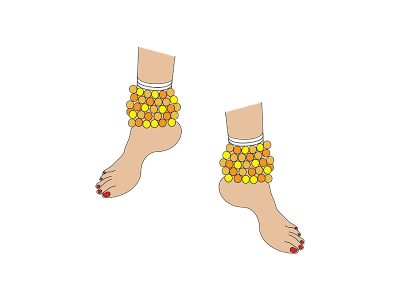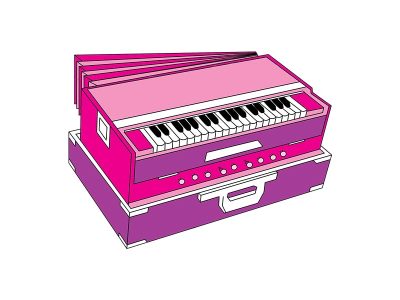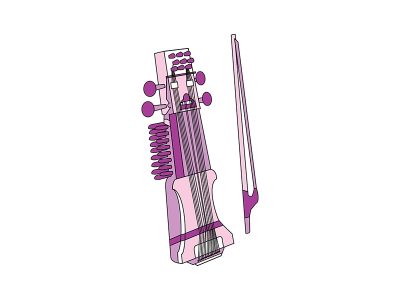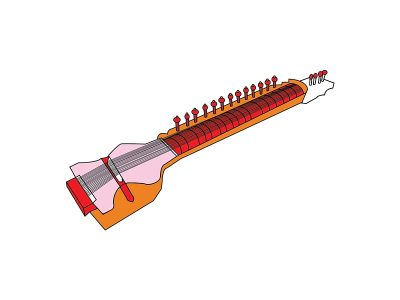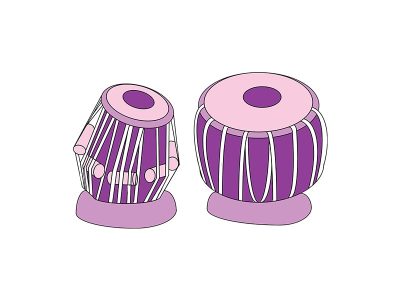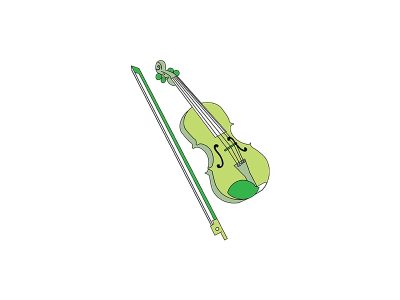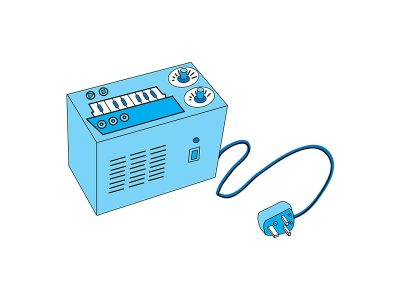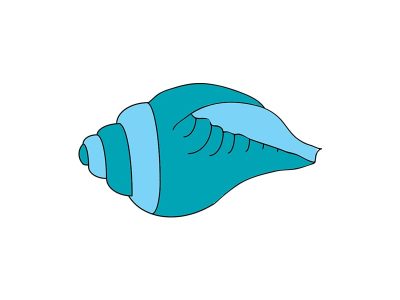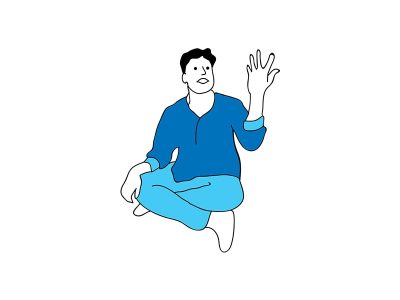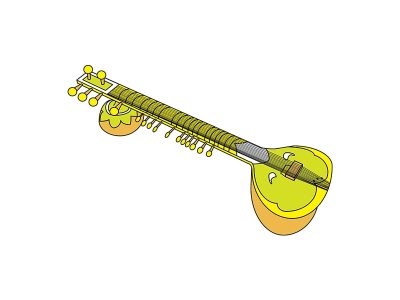What is the Veena?
The veena is among the oldest of Indian musical instruments. From the references to Vedic writings, it can date back to around the first millennium B.C. Temple sculptures from the 2nd century B.C. show a type of veena being played.
The Saraswati veena is the predominant Carnatic music and the Rudra veena the most played veena in Hindustani music. The Saraswati veena has seven strings strung over twenty four fixed frets. It has a large resonator (kudam), a tapering hollow neck (dandi) and a tuning box that curves downwards (yali).
It is played by sitting cross legged, with the resonator to the player (vainika)’s right.
The veena is said to be the only instrument that can play all the gamakas (oscillations) in Carnatic music, usually something that only the most proficient vocalists can achieve.
The Hindu Goddess of Knowledge, Saraswathi, is said to play the Veena. Pictures depict her sitting on a lotus and playing the instrument.
Did You Know
Veenas are sometimes made out of a single piece of wood. These are very rare and are called ‘ekanta’ veenas.
Where it’s from

Listen to the Veena
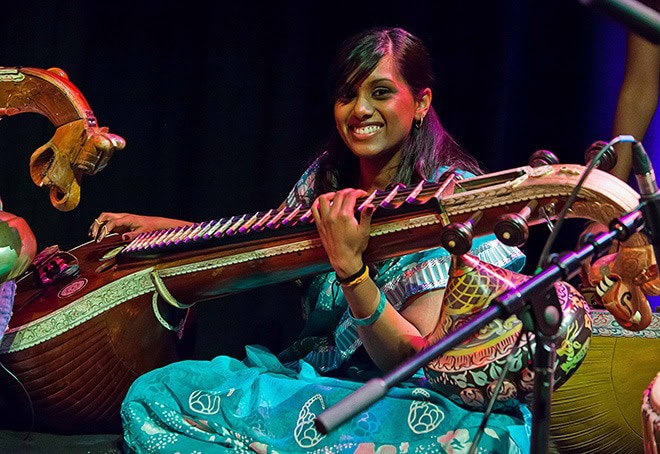
Performer Name: Shyla Shanmugalingam
Musical Tradition:
South, carnatic

